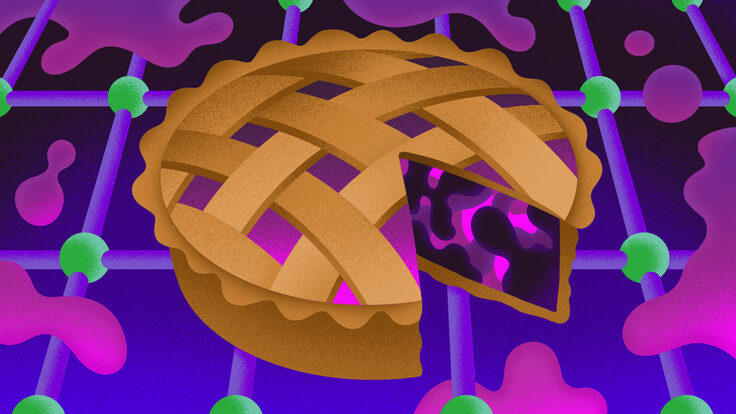[caption id="" align="alignright" width="300" caption="Electrons are released from the injector at the lower left, and are accelerated in a long linear superconducting accelerator (main linac). After emerging from this linac, the electrons pass through undulators that wiggle the electron beam and produce the x-rays. Electrons are continuously injected, make one trip around the ring, and return to the main linac where their energy is recovered. The spent beam is directed to the dump. Image: Cornell University"]
[/caption]
A new type of accelerator, called an energy recovery linac (ERL), has been shown to work in the ALICE--Accelerators and Lasers In Combined Experiments--facility at the Daresbury lab in Cheshire, England. It's not to be confused with the ALICE--A Large Ion Collider Experiment--experiment at the Large Hadron Collider.
Accelerator technology is undergoing rapid advances in many different directions, many of which you don't hear a lot about in the year of the LHC. But accelerators aren't just being used to drive the highest-energy particle colliders, and new types of accelerators are being developed all the time. An ERL is a combination of a linear accelerator and storage ring with a few twists thrown in to make the machine incredibly efficient. When working they will allow particle acceleration at much lower power use for the facility, or much higher-energy acceleration for the same power use.
A linear accelerator typically accelerates low energy particles to higher energies and the particles then collide with a target, other particles, or are used to create intense X-ray beams. However, only a fraction of the energy stored in the beam is actually used in each case. The beam usually is steered into some kind of beam dump where it can release its remaining energy safely.
An ERL modifies this process by taking the beam after the linear acceleration phase and recycling the energy from it to accelerate more particles. It does this by sending the particles around a return line (which can also serve to create X-rays at a series of beam lines) and then injects the particles back into the linac. The used particles are inserted out of synch with the new particles being fed into the linac in such a way as to transfer energy from the used particles to the new particles. This strips the old particles of nearly all their energy, and they are sent to a very low energy beam dump where they get rid of their last small amount of energy.
The ALICE demonstration used a superconducting linear accelerator to accelerate electrons to 11 MeV energies. That's not a particularly high energy on the scale of particle accelerators but is significant enough to show the principle of ERLs in action. The experiment successfully returned much of the initial beam's energy to the next of accelerating particles. The scientists are still working on quantifying the amount of energy returned, but aim to recover about 99.9% of the power left in the beam.
Other ERL projects are in various stages of design, planning, and construction around the world, including at Cornell University.
Read more about the ALICE experiment in a press release.






